Cats' paw injuries can cause our feline friends more trouble than just a little limp. Such trauma, from minor cuts to major sprains, can seriously impact your pet's comfort and mobility.
If you notice your kitty holding off on using their paw, it's time to pay closer attention. Let's talk about how to spot an injured paw in your furry companion and how to help them bounce back smoothly.
Understanding Cat Paw Injuries

Paw injuries can happen to any feline. Their paws can face plenty of risks from various causes, from sharp objects to ingrown claws. A cat's hurt paw can affect their movement and behavior, so pet parents must stay vigilant.
Recognizing the signs of trauma early and providing the right care can help speed up recovery and prevent further harm. So, keep an eye on those adorable paws because they are essential for your cat's health and well-being.
Common Causes of Paw Injuries in Cats
Even if you keep your cat indoors, their paws are still vulnerable. Here's a rundown of the most common causes of paw troubles in our feline friends:
- Sharp or Foreign Objects. Broken glass, nails, stones, splinters, or plant material can get stuck in between the paw pads, leading to pain or infection.
- Infection. Bacteria can get into a wound, causing swelling and discomfort.
- Overgrown Nails. When a cat's nails grow too long, they can get snagged or cause injury.
- Burns or Freezing. Hot pavement or snow can harm sensitive paw pads.
- Ingrown Claws. Claws that grow into the paw can cause pain and infection.
- Allergies: Environmental allergens like pollen, dust, or certain foods can cause itching, swelling, or irritation in a cat's paws.
- Arthritis: Older cats or those with joint issues may experience pain in their paws, making them more susceptible to injury or discomfort.
- Excessive Licking: Over-grooming or excessive licking of the paws can lead to abrasions or other damage to the pads.
- Poor Hygiene: Lack of regular cleaning, especially for outdoor cats, can result in infections or irritations caused by dirt or bacteria building up in the paws.
How Paw Injuries Affect a Cat's Mobility and Behavior
Injured cats might limp or avoid using their hurting paw altogether. Of course, this can lead to obvious changes in their usual movements. Felines are also known to hide their pain, so keep an eye out for even the littlest changes. For example, you might notice your kitty becoming less active or more irritable.
If the injury isn't treated, it could lead to long-term issues with walking and playtime. Dealing with pad problems over time can make your furry friend feel uncomfortable, stressed, and less social.
Signs of a Cat Paw Injury
Paw injuries often come with a few telltale signs that your feline friend needs attention. Here's a list of cat paw injury symptoms to watch for:
- Limping. A cat limping or favoring one paw may point to an injury.
- Swollen or Red Paw Pads. Injuries can cause swelling or redness around the affected area.
- Bleeding. An open wound or a cut might result in visible blood.
- Excessive Licking or Biting: Cats often lick or bite at an injured paw to soothe the pain.
- Changes in Behavior: If your cat seems more withdrawn or irritated than usual, they could be feeling discomfort from the injury.
- Hissing or Growling: If your cat reacts aggressively when you touch their paw, it could be a sign of pain.
- Paw Scratching: A cat may scratch the affected paw if it feels irritated or uncomfortable.
Limping or Avoiding Pressure on the Paw
When your cat is limping or avoiding pressure on their paw, it's a clear sign that something's wrong. Cats instinctively hide pain, but if you notice your furry friend walking with a limp, something's definitely up.
It could be just a rock or stick embedded in the paw that needs to be dislodged. Limping could also signify a minor injury like a small scratch or a more serious fracture or sprain. Either way, limping means your cat's paw is irritated or in pain. It's time to pay attention, address the problem yourself or possibly seek veterinary care.
Swelling, Redness, or Bleeding
Swelling, redness, or bleeding in the paws are big red flags for an injury. If you spot these signs, it's likely that something has happened to your kitty's paw pad or nails. Swelling and redness indicate inflammation, while bleeding suggests a deeper wound.
Even if there's only a small cut, it's important to monitor for any infection that could worsen the situation. Keeping the paw clean and covered will help prevent further issues down the line.
Excessive Licking or Biting at the Paw
If your cat is licking or biting at their paw obsessively, it's a sure sign something's up. Felines instinctively lick their wounds, so excessive grooming could mean an injury is causing pain or irritation.
While a little grooming is normal, if you notice your cat constantly focused on their paw, there could be an open wound or infection. Look for signs of infection like fluid discharge, redness, or swelling. If you spot these red flags, see your vet immediately before the problem gets worse.
How To Treat a Cat Paw Injury at Home
You can do a few simple things at home to help your cat through a minor paw trauma. Start by cleaning the injury gently. You might also need to use a soft bandage to protect the paw from dirt and bacteria.
While some injuries will heal on their own, it's essential to monitor the affected area closely for any signs that it's getting worse. If in doubt, consult your vet for advice.
Cleaning and Disinfecting Minor Wounds
Cleaning and disinfecting the wound is the first step in minor cat paw injury treatment. Start by gently rinsing the affected paw with clean water to remove any dirt or debris. Then, apply a pet-safe antiseptic solution to prevent infection. Avoid using harsh chemicals like hydrogen peroxide, which can damage the tissue.
After cleaning, let the wound air dry before covering it with a soft bandage to protect it from further exposure. Keep an eye on the injury to make sure it heals without complications.
Bandaging and Protecting the Paw
Bandaging your cat's injured paw prevents dirt or bacteria from entering the wound. Start by using a clean, non-stick pad to cover the injury. Then, carefully wrap the paw with medical tape or soft bandaging material. Make sure it's snug but not too tight; you don't want to restrict blood flow.
Keep the bandage in place for as long as needed, but be sure to check it regularly for signs of moisture or dirt buildup. If the bandage becomes dirty or loose, replace it promptly to make sure the area stays protected.
When To See a Vet for a Cat Paw Injury

While minor injuries can often heal at home, there are times when you should seek veterinary care. If the situation seems serious or the injury doesn't improve or gets worse after a few days, it's time to rely on the professionals.
A vet can assess the injury, ensure proper healing, and prevent any complications that could affect your cat's mobility. Even if you're unsure, it's always better to be safe and consult an expert. Your feline friend's comfort and health are worth it!
Signs of Infection or Worsening Condition
A veterinary visit is crucial for proper diagnosis and treatment of serious injuries. If any of these signs appear, don't wait:
- Increased Redness or Swelling. This could indicate that bacteria have entered the wound.
- Pus or Fluid Discharge. If you see any discharge from the affected paw, it's a clear sign of infection.
- Persistent Limping or Pain. If your kitty continues to avoid using the paw, the injury may not be healing properly.
- Fever or Lethargy. A sudden change in behavior or temperature can signal a serious problem.
- Foul Odor: An unpleasant smell coming from the wound can indicate infection.
- Warmth Around the Injury: If the area feels warm to the touch, it may suggest inflammation or infection.
- Loss of Appetite: A decrease in appetite, especially alongside other symptoms, could mean the injury is causing more distress.
- Excessive Bleeding: If bleeding doesn’t stop after a few minutes of applying pressure, the injury may be more severe.
How Vets Diagnose and Treat Serious Paw Injuries
When you take your cat to the veterinary hospital or clinic, they'll start by performing a thorough examination. Vets often use X-rays to check for broken bones or foreign objects lodged in the paw.
Depending on the injury, they may clean the wound more thoroughly, prescribe pain medication, or recommend bandaging techniques. For severe cases, your vet might need to surgically remove overgrown claws or treat deep wounds.
Vets are experts in managing discomfort, preventing infection, and addressing fractures or broken bones. With their help, you can make sure your kitty gets the best care possible for a smooth recovery.
How to Comfort an Injured Cat and Promote Recovery
Caring for an injured cat requires a bit of extra attention to help them heal. Make sure your kitty has a safe, quiet place to rest and their area is clean and comfortable. Closely monitor their behavior for any changes. Here is some more detail regarding comfort, rest, and recovery.
Creating a Safe and Restful Healing Environment
Providing your pet with a clean, comfortable space will allow them to rest and heal properly while reducing any discomfort during their recovery period. Make sure your cat has a quiet, cozy area to rest without too many distractions.
You can use soft bedding and keep their environment free of loud noises or other pets that might cause stress. Limit their movement by confining them to a smaller space to help avoid further strain on the injured paw.
Using Natural Remedies Like CBD for Relaxation and Discomfort Relief

Natural remedies, like CBD (cannabidiol), can help soothe your kitty during recovery, promoting relaxation and helping ease discomfort. CBD may help calm your cat's stress, soothe irritation, and provide discomfort relief.
HolistaPet's CBD options for cats are a great choice for promoting the recovery process. We offer pet-friendly, natural CBD products, including CBD Cat Treats, CBD Calming Chews, CBD Oil, and CBD Capsules. If you're considering this route, check with your vet to make sure it's the right fit for your kitty's specific needs. All our CBD options are 100% natural and well tolerated by most cats.
Preventing Future Paw Injuries in Cats
Preventing paw injuries is one of the best ways to keep your cat happy and healthy. Whether they're exploring indoors or outside, there are steps you can take to reduce the risk of injuries.
Regular paw care, a clean and safe environment, and attention to your kitty's nails can help keep their paws in tip-top shape. A little proactive care goes a long way in making sure your pet can run, jump, and play without worrying about hurting their paws.
Regular Paw Inspections and Grooming Tips
Regularly inspecting and grooming your cat's paws is a simple but effective way to prevent injuries. Here's how to keep their paw pads in great shape:
- Check for Cuts or Scrapes. Gently examine the pads for any signs of injury or irritation.
- Trim Overgrown Nails. Keeping nails trimmed prevents them from becoming snagged or overgrown, which can lead to injury.
- Clean the Paw Pads. Wipe your kitty's paws regularly to remove dirt, debris, or harmful chemicals.
- Look for Foreign Objects. Make sure no small objects, like thorns or glass shards, are stuck in the paw.
Final Thoughts on Cat Paw Injuries and Recovery
Cat paw injuries are no joke! But with quick action, care, and proper treatment, your feline friend can bounce back like nothing happened.
If you're unsure or if things aren't improving, don't hesitate to seek veterinary care for a proper diagnosis and treatment plan. And remember, HolistaPet's CBD cat products can help with relaxation and discomfort during recovery. Keep your kitty's paws safe, and they'll be back to their playful self before you know it!


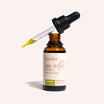
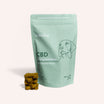
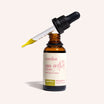

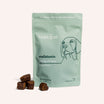
![Probiotics For Dogs [Soft Chews] - HolistaPet](http://www.holistapet.com/cdn/shop/files/Probiotic-Infographic-1_472d7a29-e30c-435a-9638-1365d8c3a9f9.jpg?v=1725384841&width=104)
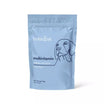
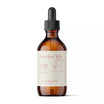


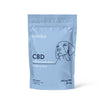
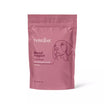
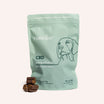
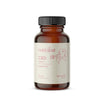
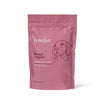
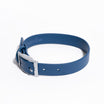

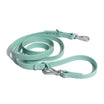


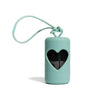



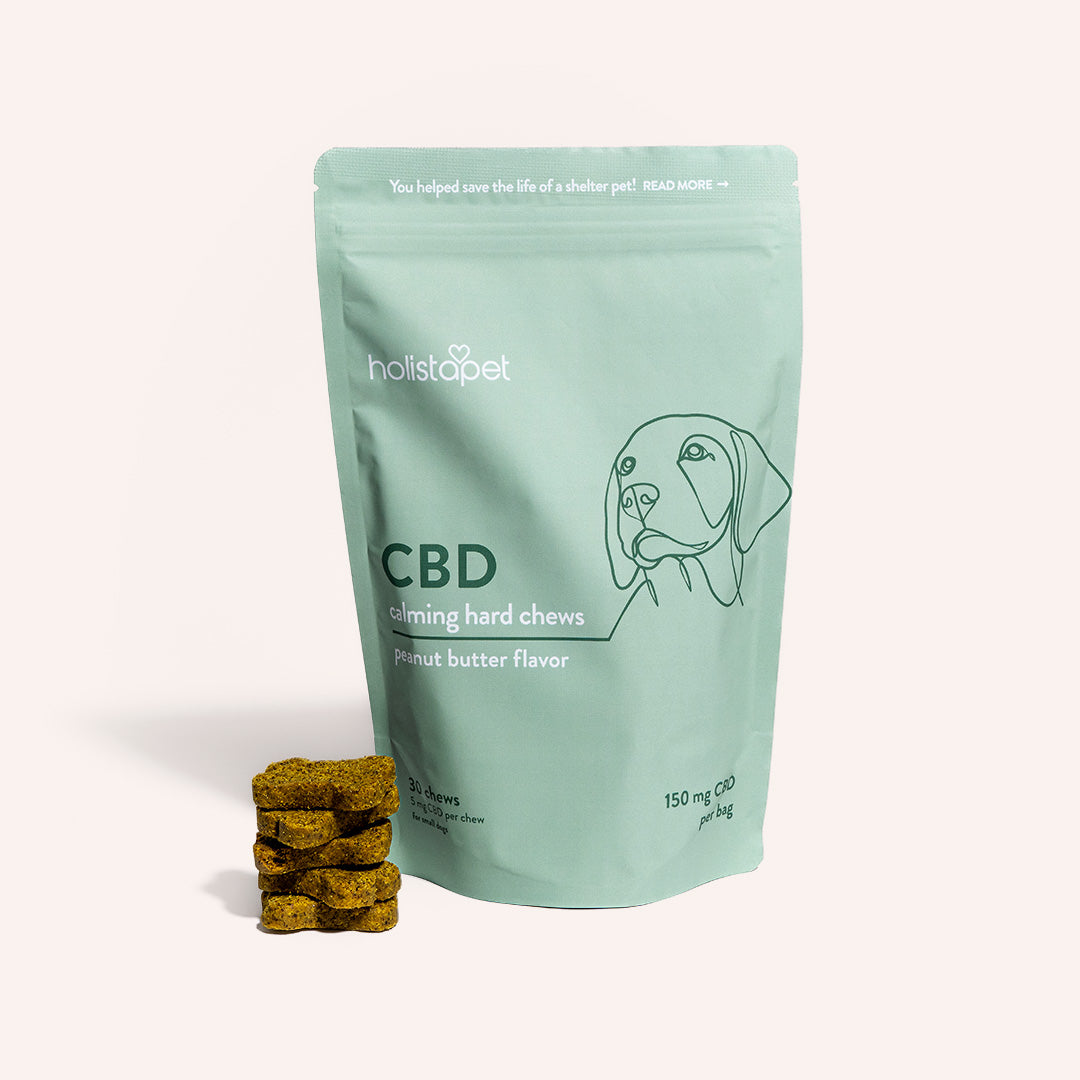
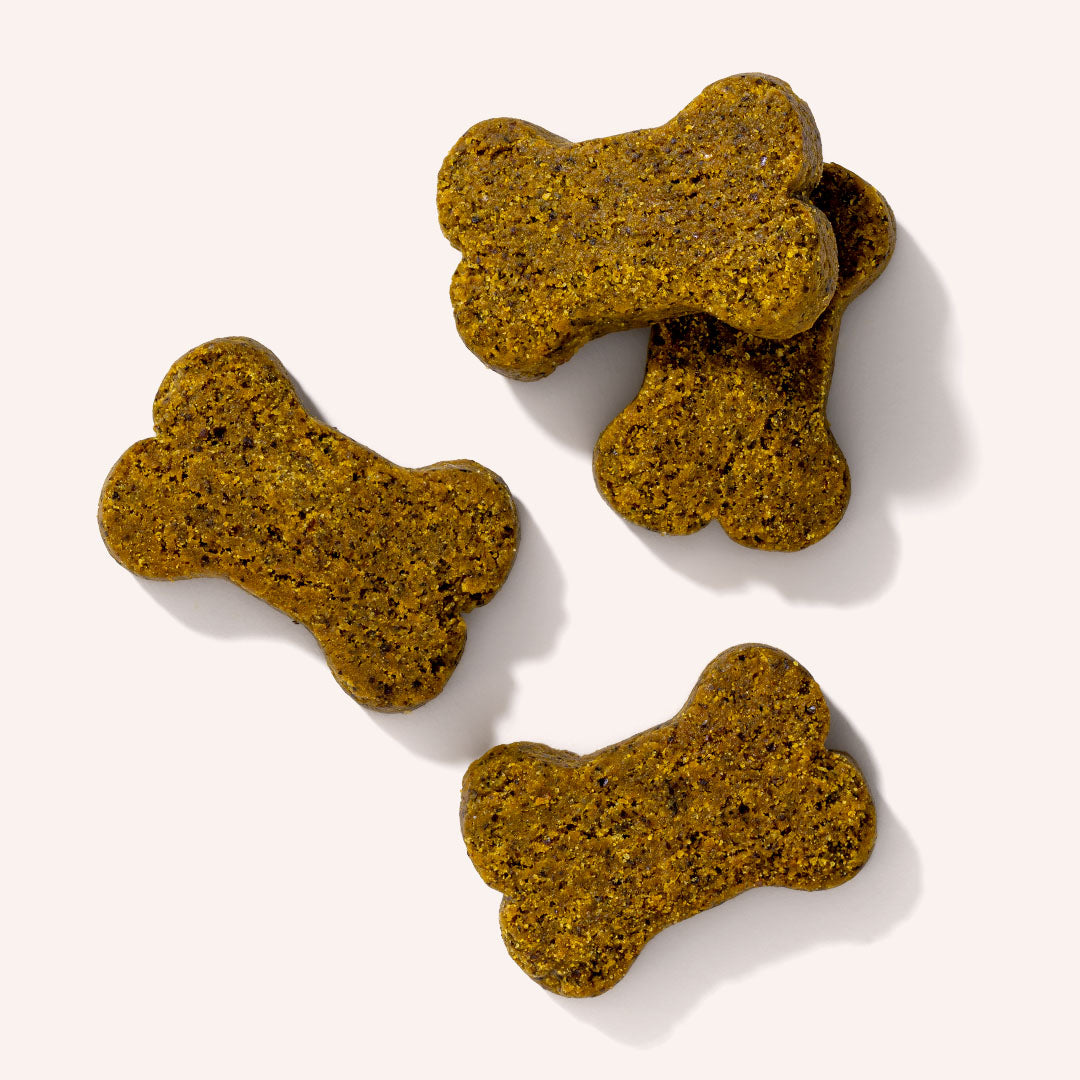
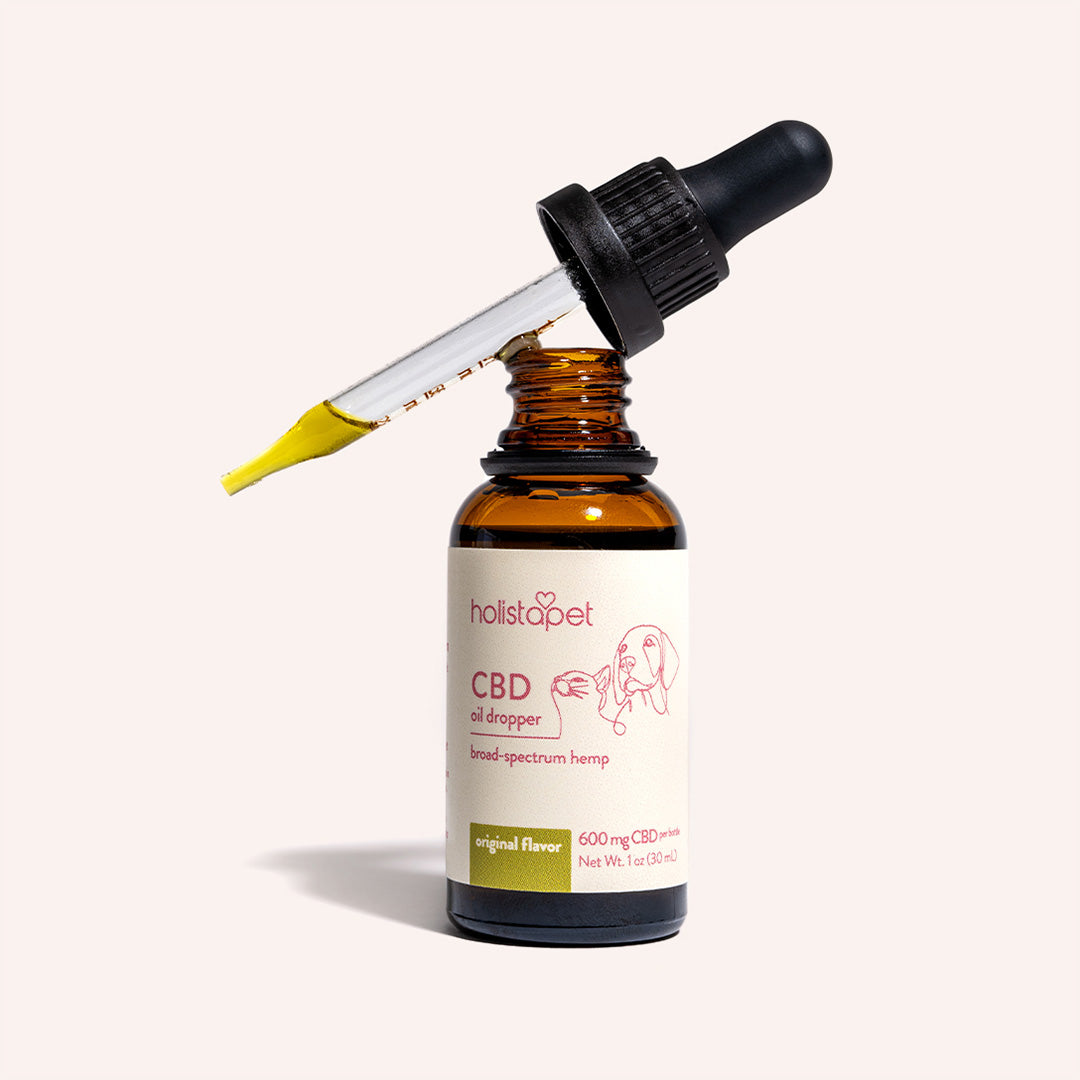
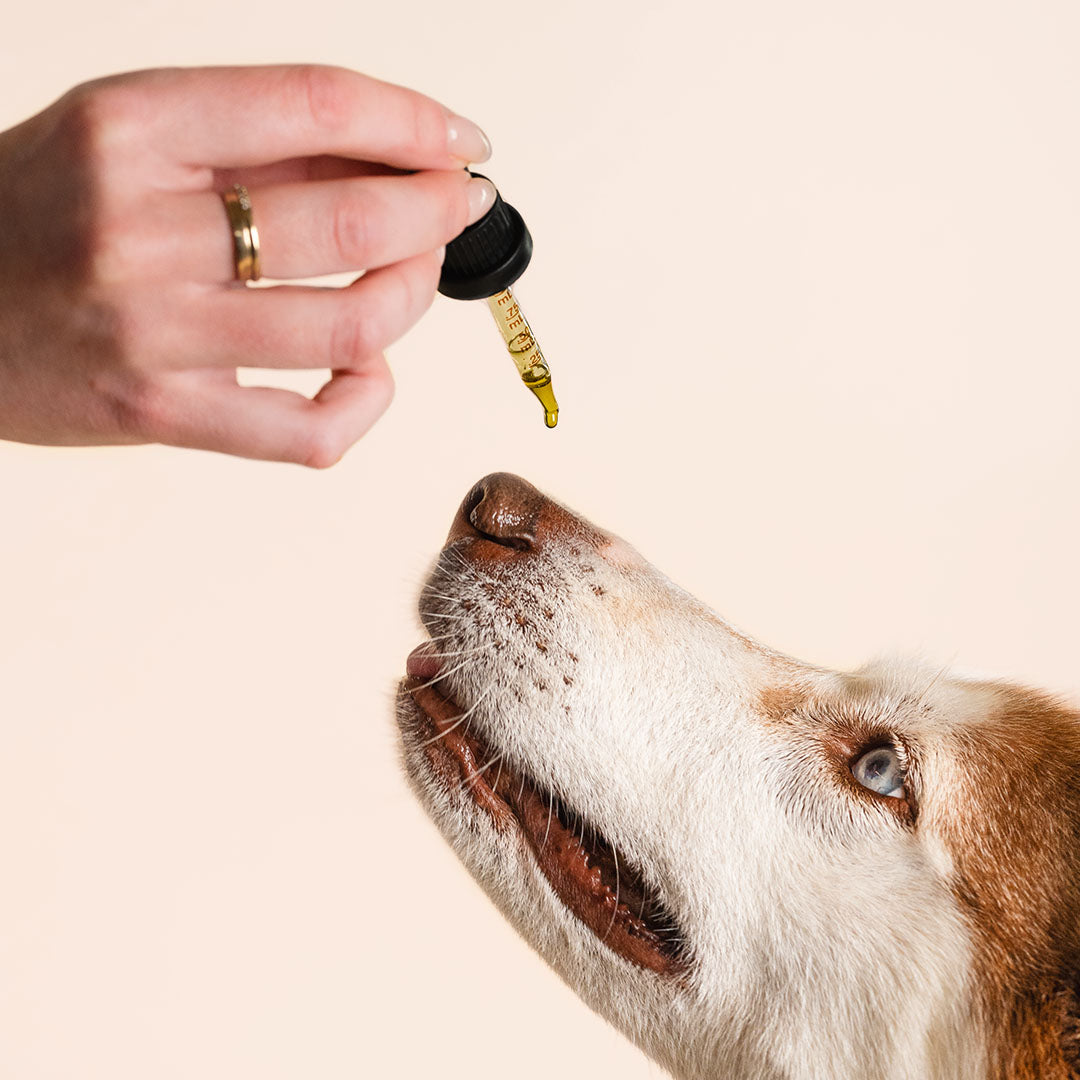
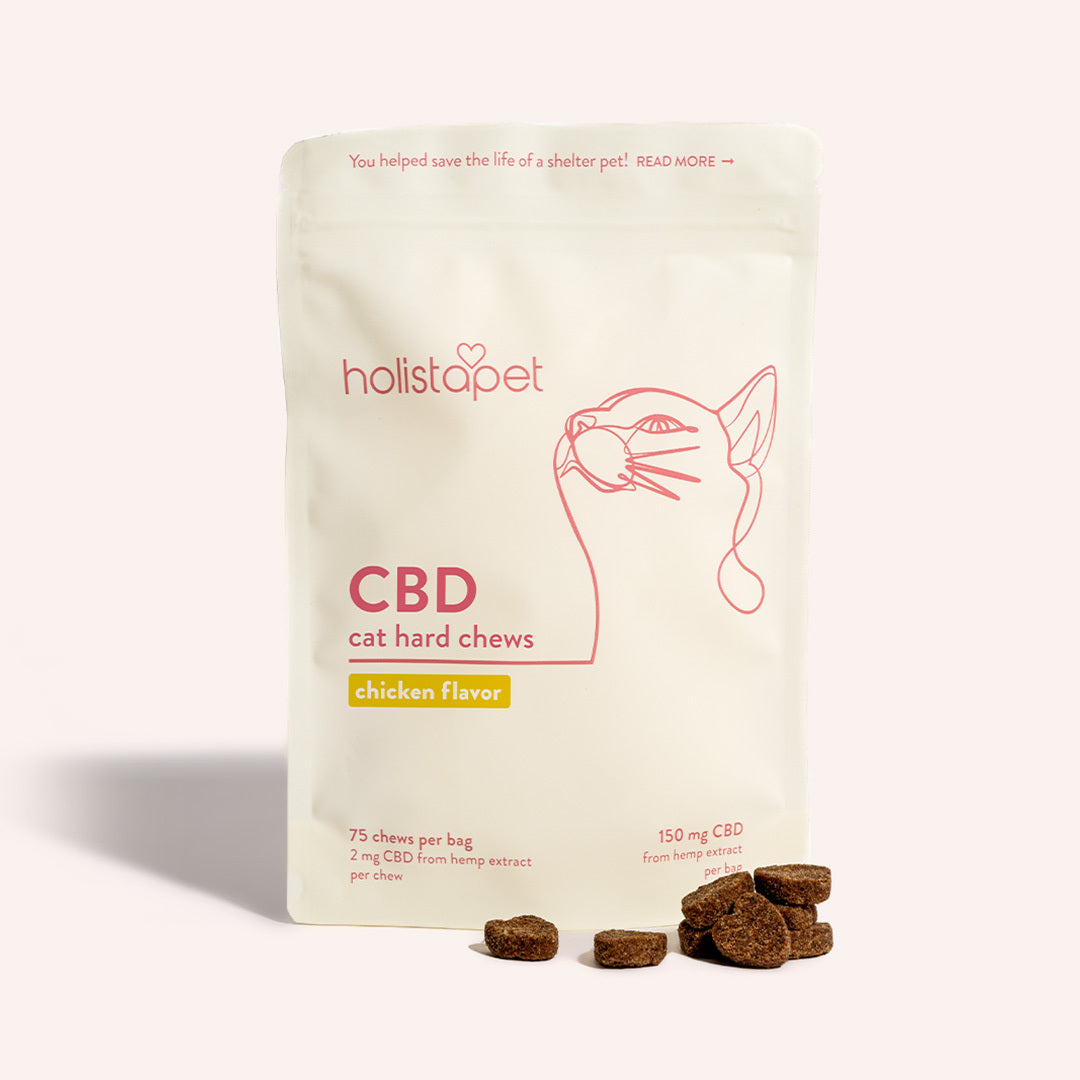
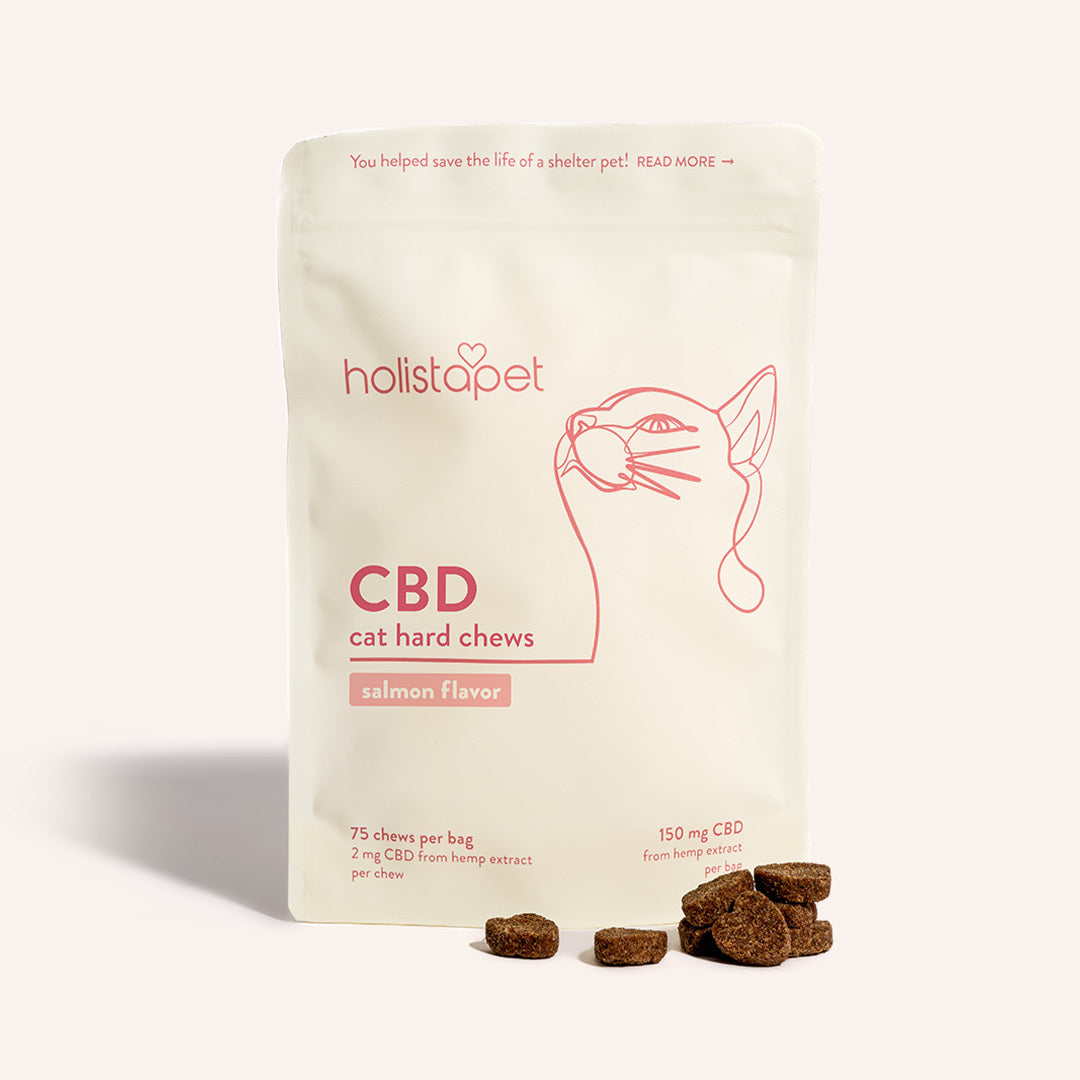
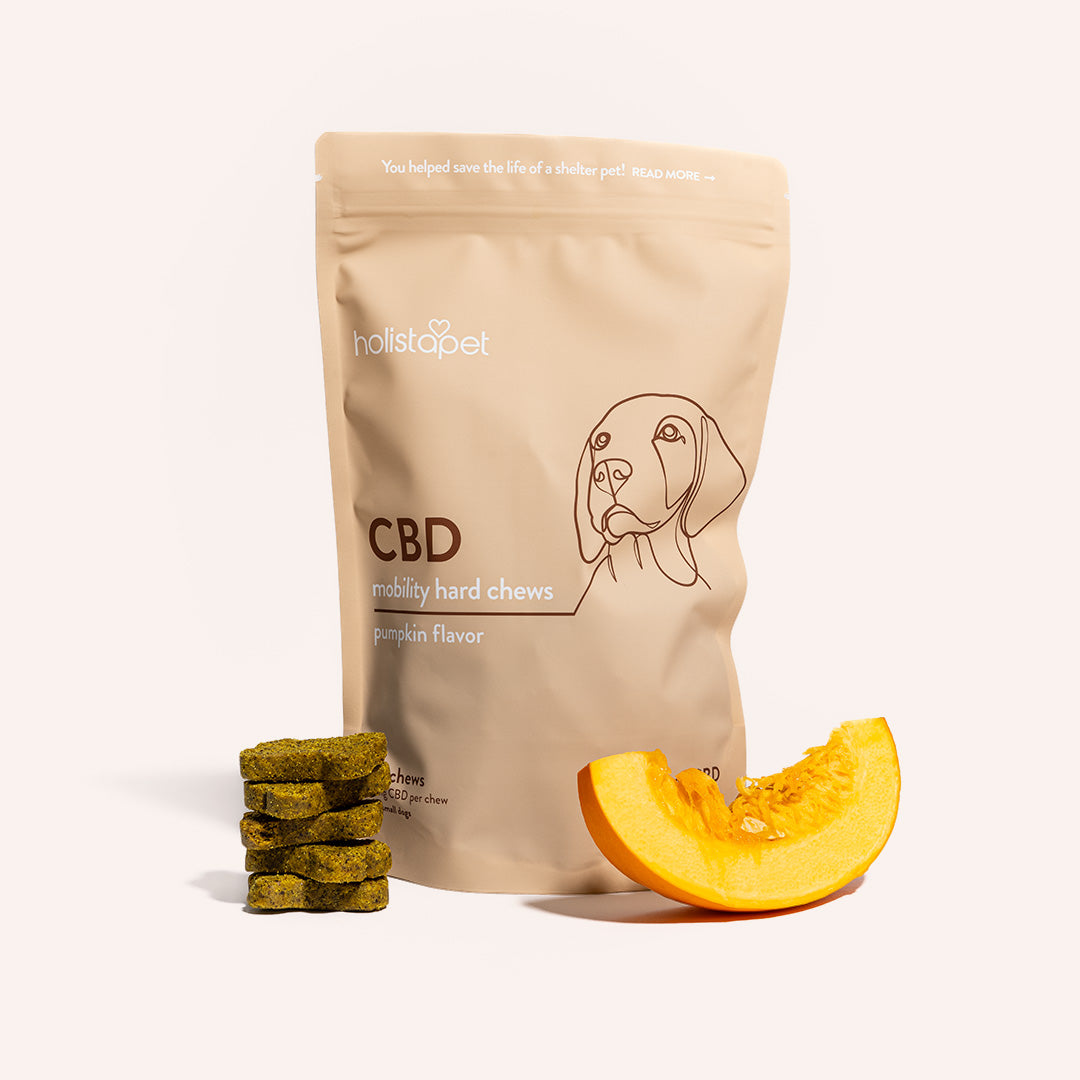
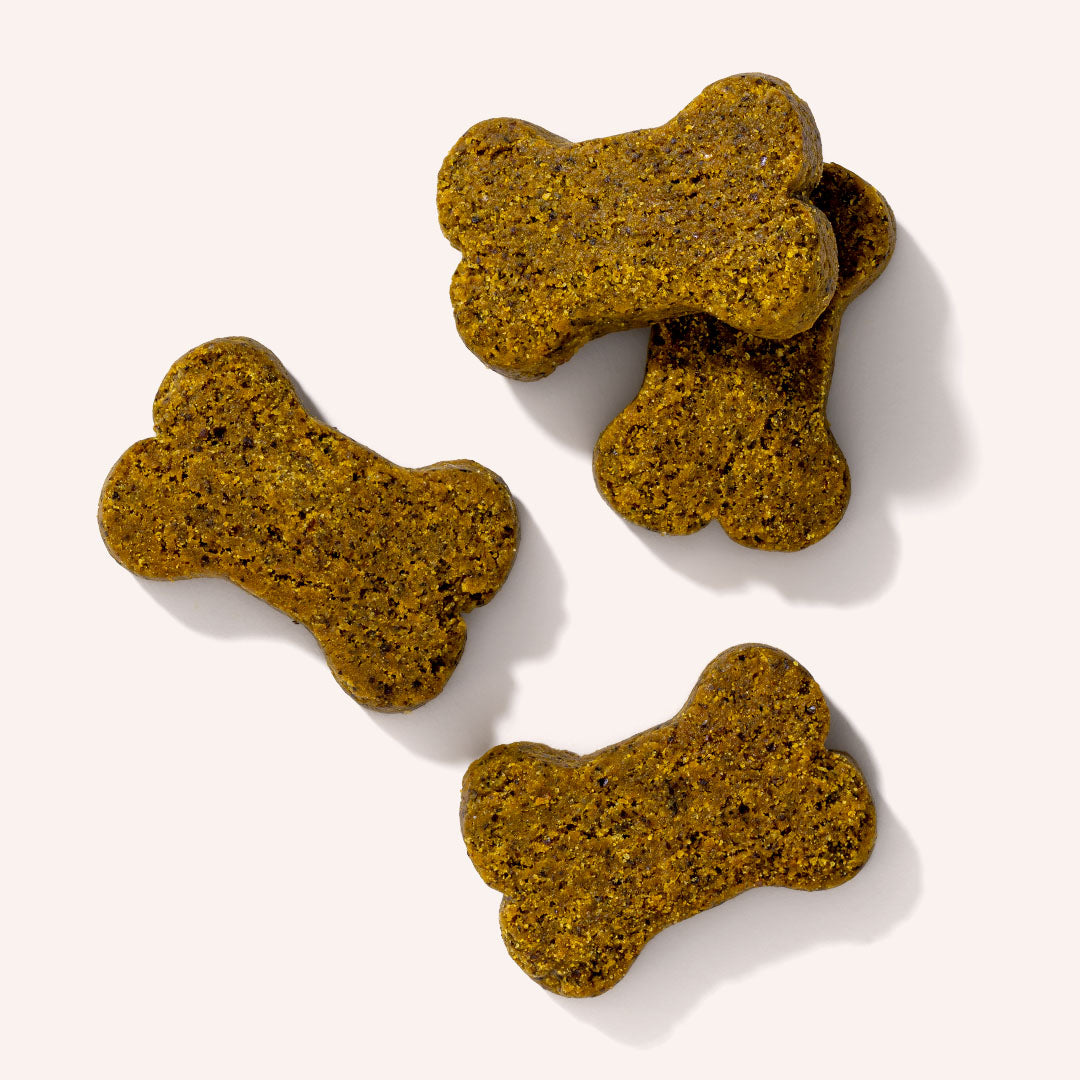

Leave a comment
All comments are moderated before being published.
This site is protected by hCaptcha and the hCaptcha Privacy Policy and Terms of Service apply.